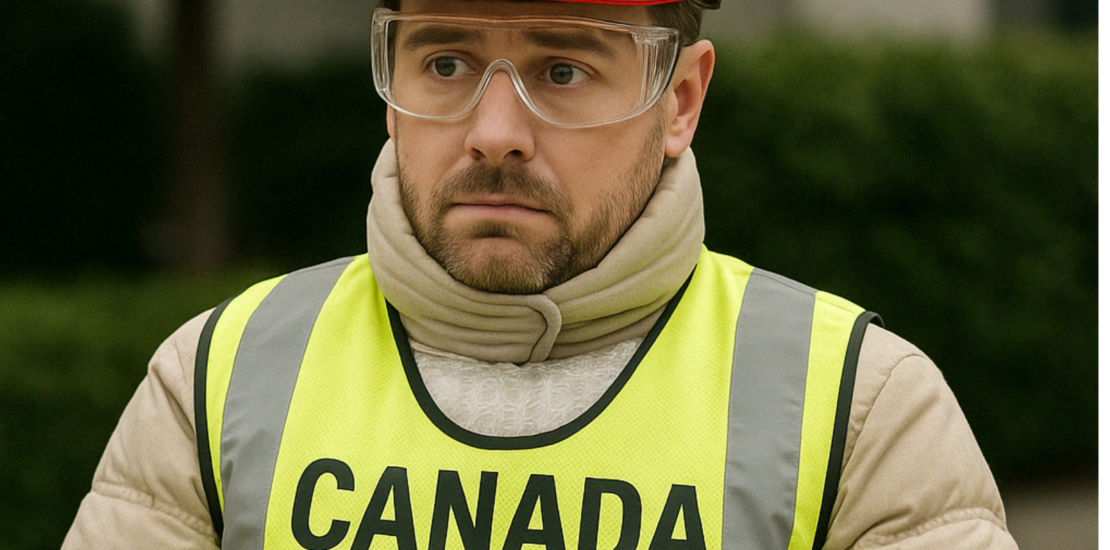The Bank of Canada made a bold move this week..by standing still.
- April 16, 2025
- Posted by: support
- Categories:

In its latest interest rate decision, the central bank held its key policy rate at 2.75%, pausing after seven consecutive cuts.
At first glance, this might seem like a safe, responsible choice in an uncertain global economy.
But dig deeper — and you might start to wonder:
Is this the kind of caution that helps Canadians… or quietly holds them back?
Why Did the Bank of Canada Pause Rate Cuts?
Governor Tiff Macklem cited growing global uncertainty, especially around U.S. tariffs, as the main reason for the pause.
Trade tensions and unpredictable foreign policy moves are making it harder to forecast inflation, interest rates, and growth.
In his words, it’s “a seismic shift in U.S. trade policy” — one that’s rippling across global financial markets.
Fair enough. But here’s the problem…
Inflation Is Dropping. Growth Is Slowing.
Canada’s inflation rate dipped to 2.3% in March — edging closer to the BoC’s 2% target.
At the same time, key economic indicators are starting to cool:
- Consumer spending is down
- Job growth is slowing
- Business investments are softening
So why the hesitation?
The Bank released two scenarios in its forecast:
- Optimistic: Tariff drama fades, and growth stabilizes.
- Pessimistic: Trade wars persist, inflation spikes, and we’re looking at recession-level fallout.
This pause is their way of saying:
“We’re watching. We’re waiting. We’re not ready to commit.”
But what if waiting is the very thing that stalls recovery?
Is the Bank Playing Too Safe?
The Bank of Canada’s interest rate decision shows just how delicate its balancing act really is.
Too many cuts too fast? You risk inflation.
Too few, too late? You risk a stall in consumer confidence, business lending, and economic growth.
But here’s what most Canadians don’t realize:
Even a 0.25% shift in rates can change your mortgage payments, your investments, and your retirement plan.
When the Bank hesitates, it doesn’t just affect national numbers — it affects everyday households.
Canadians Are Already Feeling the Pressure
While this pause might sound cautious, many families are hoping for relief.
Variable-rate mortgage holders are still struggling.
Young people trying to buy their first home are feeling priced out.
Small business owners are hesitating to expand.
The BoC may be trying to play the long game — but Canadians are living in the short term.
And when the cost of borrowing stays high while inflation slowly drops, it squeezes everyone in between.
So… What Should Canadians Do Right Now?
Whether rates rise, fall, or stay the same, you can’t afford to sit still.
Here’s what you can do:
- Review your debt strategy — are you paying more interest than you should?
- Rethink your investment timeline — how will rate fluctuations affect your long-term goals?
- Revisit your cash flow — are you protected if borrowing stays tight?
Because while the Bank of Canada debates, you still need a plan.
Final Thought:
Sometimes standing still is smart.
Other times, it just means you’re not moving forward.
The real question isn’t whether the Bank is doing the right thing.
It’s whether you are.

